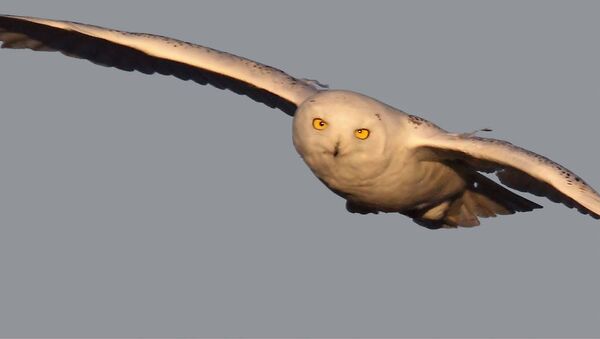A new material mimicking the structure of owls' famously quiet wings could be used to make wind turbines considerably quieter, researchers at Cambridge University and three US institutions found.
The researchers found that the new material can lower the noise of a wind turbine by as much as 10 decibels (dB) in tests. According to GE Reports, a wind turbine at its source can be as loud as 105 dB, or as much as a gasoline-powered lawnmower. The new material would make a wind turbine with the material slightly louder than a blender.
The noise reduction also allows for the generation "several additional megawatts worth of electricity" when applied to an entire wind farm, according to the press release.
"Much of the noise caused by a wing – whether it’s attached to a bird, a plane or a fan – originates at the trailing edge where the air passing over the wing surface is turbulent. The structure of an owl’s wing serves to reduce noise by smoothing the passage of air as it passes over the wing – scattering the sound so their prey can’t hear them coming," lead researcher Nigel Peake said.
"While we’ve known this for centuries, what hasn’t been known is how or why owls are able to fly in silence," Peake added.
Researchers also aim to conduct the test on an actual wind turbine and eventually test the new material on airplanes.




